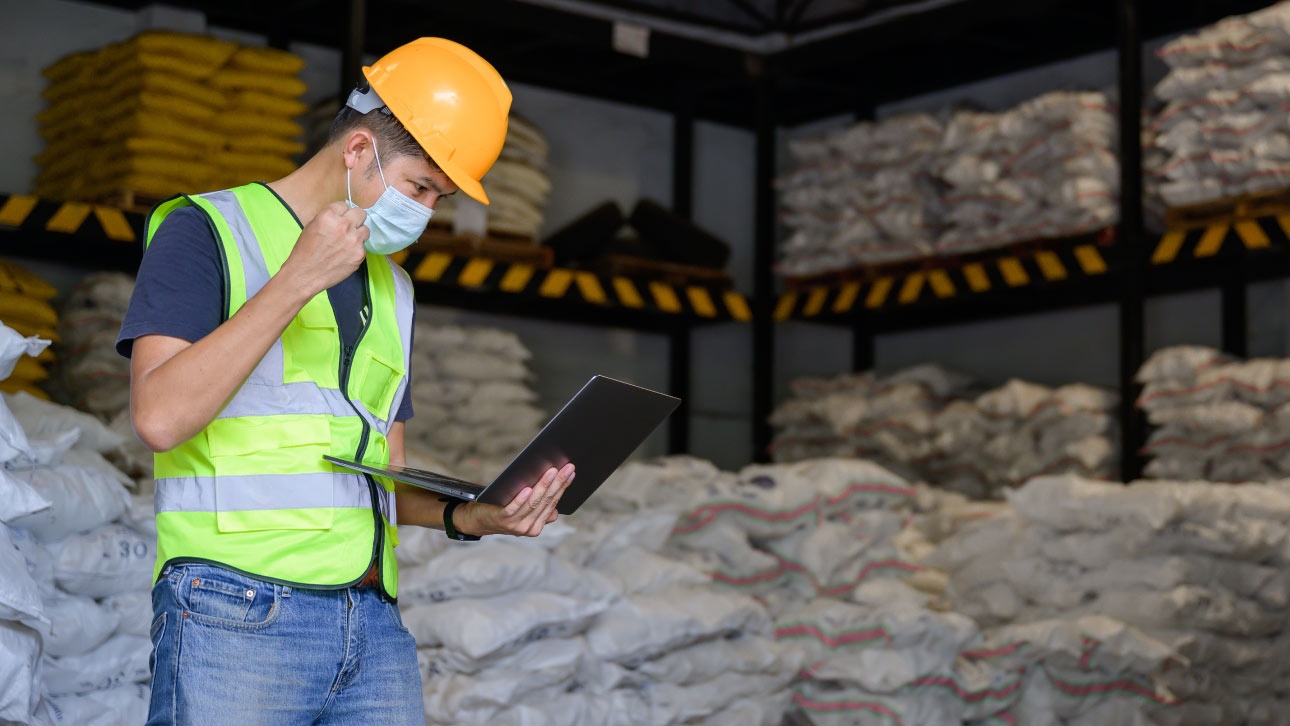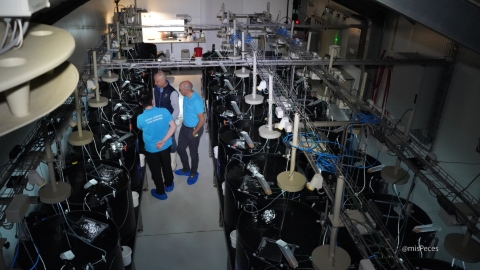
The fermentation of raw materials before being included in aquaculture feed is becoming a significant nutritional trend due to its benefits related to improved immunity, nutritional efficiency, and sustainability.
Specifically, recent studies have shown that the fermentation process breaks down anti-nutritional factors present in certain raw materials, particularly those of plant origin. Through fermentation, the bioavailability of proteins and fatty acids is increased.
Moreover, in the case of agricultural and animal by-products, fermentation helps reintroduce them into the nutritional cycle.
Microbial fermentation has shown evidence of improving gut health and reducing pathogens. One of the clearest examples is the use of Bacillus bacteria for soybean fermentation, which not only enhances nutritional quality but also acts as a probiotic, promoting the intestinal health of aquatic organisms and reducing the presence of harmful pathogens.
Among fermentation strategies, the use of dry distiller's grain solids fermented with Aspergillus ibericus has shown great potential for feeding marine fish, particularly European seabass (Dicentrarchus labrax).
Challenges of fermentation While food fermentation offers significant benefits, it involves complex processes requiring specific temperature, pH, and microbial control conditions, which increase costs.
Additionally, the nutritional quality of these raw materials can be affected by microbial variability and the production of undesirable metabolites, which may influence storage and food safety.
Nevertheless, studies suggest that, overall, the benefits of fermented foods outweigh the disadvantages, especially in terms of gut health, animal performance, and sustainability.
Alternative fermentation strategies An interesting strategy to consider is the heterotrophic fermentation of solids from recirculating aquaculture systems (RAS). Various studies have demonstrated that these solids, used as a carbon source, achieve significant results in the denitrification process.
This process is based on the action of microorganisms that, instead of using oxygen, use nitrate for respiration. In doing so, nitrate is converted into gaseous nitrogen, achieving a 97.8% removal efficiency from the system.


